Top-10 american postmodern writers

Rus
“I don’t know this” - this is how Russian poet Innokenty Annensky began his article “What is poetry?” It would also be possible to start a conversation about postmodernism, taking into account the complete blurring of the meaning of this word among philosophers, sociologists, critics and specialists in cultural studies, but we should immediately reach an agreement about the terms. Obviously, it is necessary to distinguish between the concepts of “postmodern time”, “postmodern” and “postmodernism”, which often mean the opposite, and indicate that in this article postmodernism will refer to artistic creativity that appeared after 1945 and aimed at searching for new formal and substantialtechniques or a radical rethinking of the old ones.
In American context postmodernists are often identified or singled out from the writers of the so-called “school of black humor”, which probably should not be singled out separately.It is interesting that, in general, postmodernism in the United States was formed under the significant influence of European history (in particular World War II) and European literature (avant-garde, “theater of the absurd” existentialism, etc.), and most critics attribute the existence of this phenomenon to the second half of 20thcentury, within 1949 - 1996, where the first and last dates are the years of the appearance of iconic postmodern texts. Postmodernism of the 21st century, the first work of which is considered the experimental “House of Leaves” (2000) by Mark Z. Danielewski, is no longer so easy to classify, because it is still going on.
We consider the most important authors of this literary school and their works, which are undoubtedly worthy of attention.
John Hawkes
(1925 - 1998)
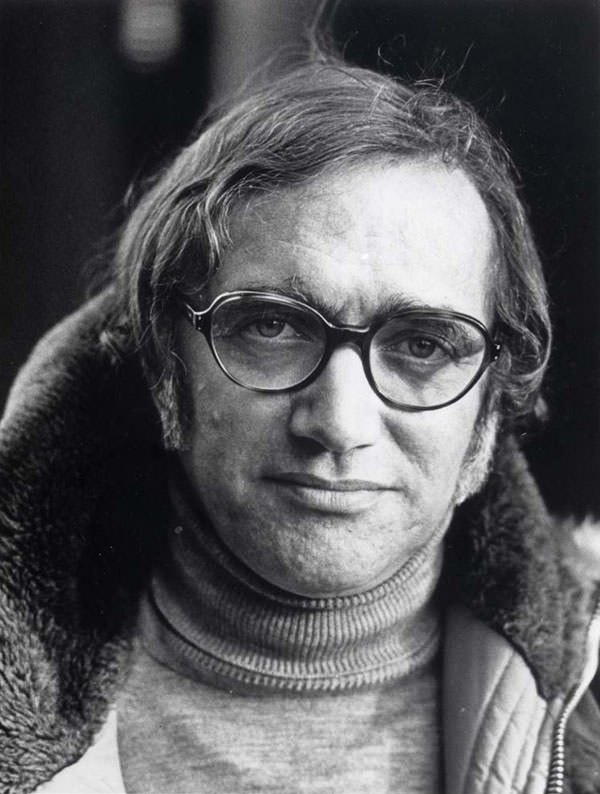
He is an author of one of the first postmodern novels in America and several dozen other works of different genres, which defined the style of literature of the USA for thirty years until the famous novel by Pynchon about people and missiles, which he directly influenced. Hawkes' novel “The Cannibal” (1949) is a hallucinatory vision of Europe, although probably a vision of the inner life of Europeans, their “mental cesspool”. In three parts of the novel, the horrors of war are meaningful, because the writer admitted that everything he created came from here, while evil is the only pure word that he would like to preserve.Hawkes describes the events during the First World War and immediately after the Second World War, bringing them to a common denominator: German ideology and character striving to restore the former national greatness. A somewhat detached, sometimes even exquisite portrayal of violence and a skillful “stream of consciousness” in his novels influenced many authors, and Hawkes went the artistic path from surrealism to realism, thus emphasizing the stylistic diversity of postmodernism.
William Gaddis
(1922 - 1998)
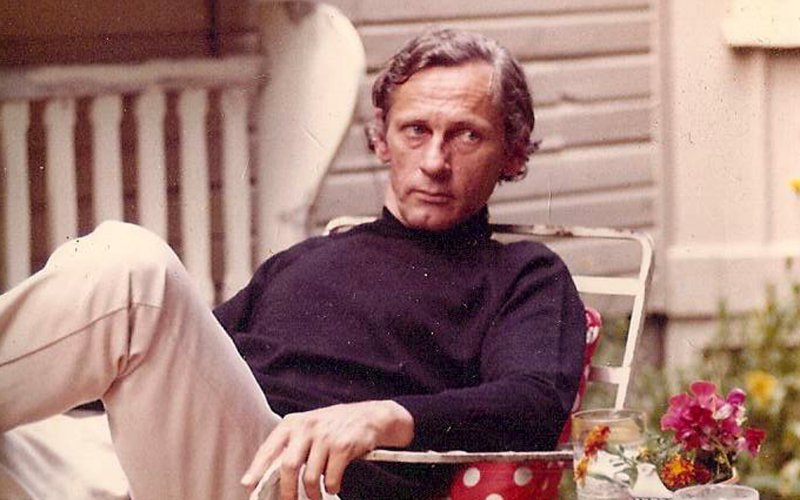
The author of only five large epic texts, for two of which he received the country's highest literary prize - National Book Award. His first work, “The Recognitions” (1955), about fakes in painting and about money that can be made from it, was written in a rather traditional style, and at the same time, it is a rethinking of all the classic varieties of the novel, which renewed the novel form and prompted American postmodernists look differently at this hardened genre. Later he became interested in the possibilities of the dialogical form, presenting phrases in his texts without addressees and senders.Themes of Gaddis's novels: art - business (“JR”) - religion (“Capenter’s Gothic”) - law (“A Frolic of His Own”). He finishes his last work – “Agapē Agape” two months before his death. This is a 96-page monologue of an artist who is trying to finish writing a work about the mechanical piano. The work concentrates all the above topics.
Joseph McElroy
(1930)
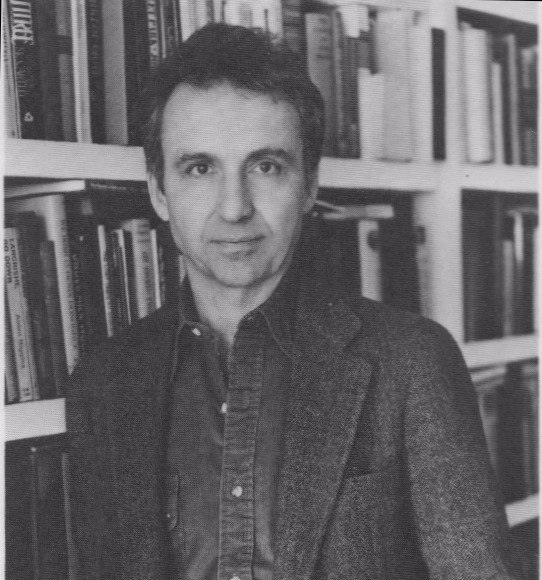
He is the most complicated author in this list and, moreover, uncompromisingly complicated, because he believes that a reader must constantly balance on the brink of misunderstanding, realizing that in the 20 th century, knowledge is ignorance. Mc Elroy achieves this effect by overloading his nine novels with scientific terms, slang vocabulary, author's syntax, nonlinear text. His most significant work – “Women and Men” (1987) - often appears in the lists of the largest works of art (1192 pages).
Thomas Pynchon
(1937)
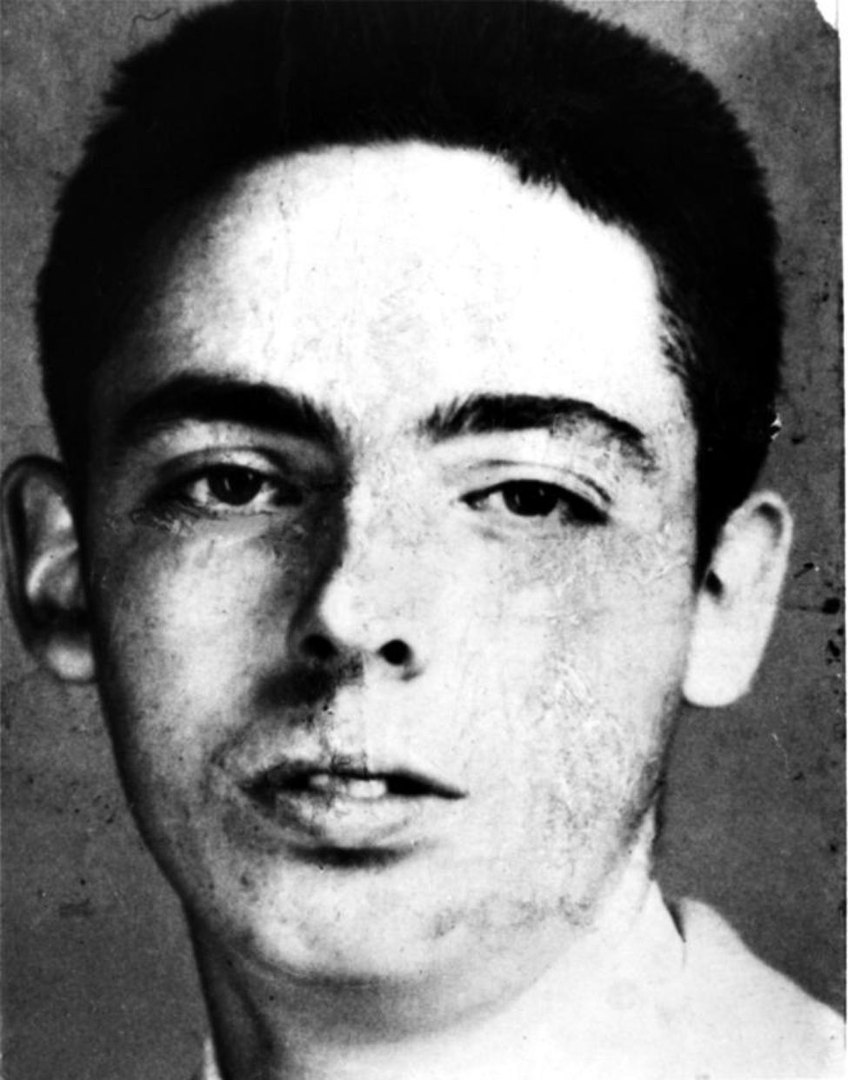
The central author of the American postmodern canon, a singer of paranoia and entropy, a prominent representative of the so-called “historiographic meta-prose”, because the most important thing in his texts is the “spirit of the times”, therefore, Pynchon's novels and stories always concern a specific time and space. So, in particular, the plots of his works unfold in all decades of the 20th century, but there is also “Mason& Dixon” about the 18th century and the very “Bleeding Edge” (2013) about the events of 9/11.His novel “Gravity's Rainbow” (1976) about the events of World War II and Tyrone Slothrop, who, with his sensitive part, could foresee those places in London where the German V-2 should fall, is called a kind of “Bible of Postmodernism”. However, it is believed that everything that happens there is a few seconds of Pirate Prentice's dream before being hit by a rocket.
William Howard
Gass (1924)
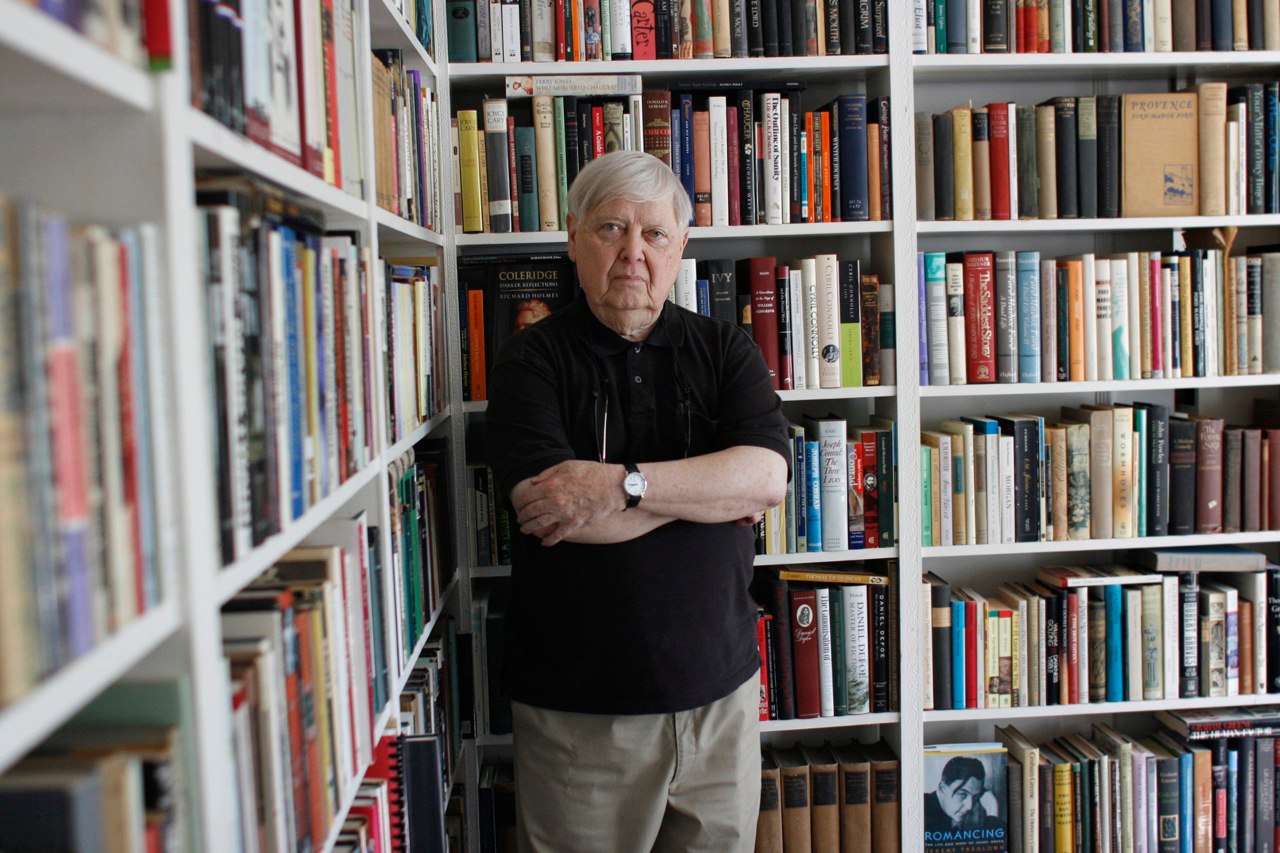
He is the oldest writer in this list and one of the most interesting literary critics in the United States. The author of only three novels, who invented the basic concept of “metaliterature” (adopted it in his 1970 essay) to designate works, the content of which is the process of writing a literary text, and the main character is the writer himself. His second novel “The Tunnel” (1995) is built on it. Gass wrote this work for 26 years and received the American Book Award for it. It tells about the history professor William Frederick Kohler, who writes the work “Guilt and Innocence in Hitler’s Germany” and gradually turns into paranoid that hides the manuscript from his wife and decides to dig a secret passage in his basement.
John Barth
(1930)
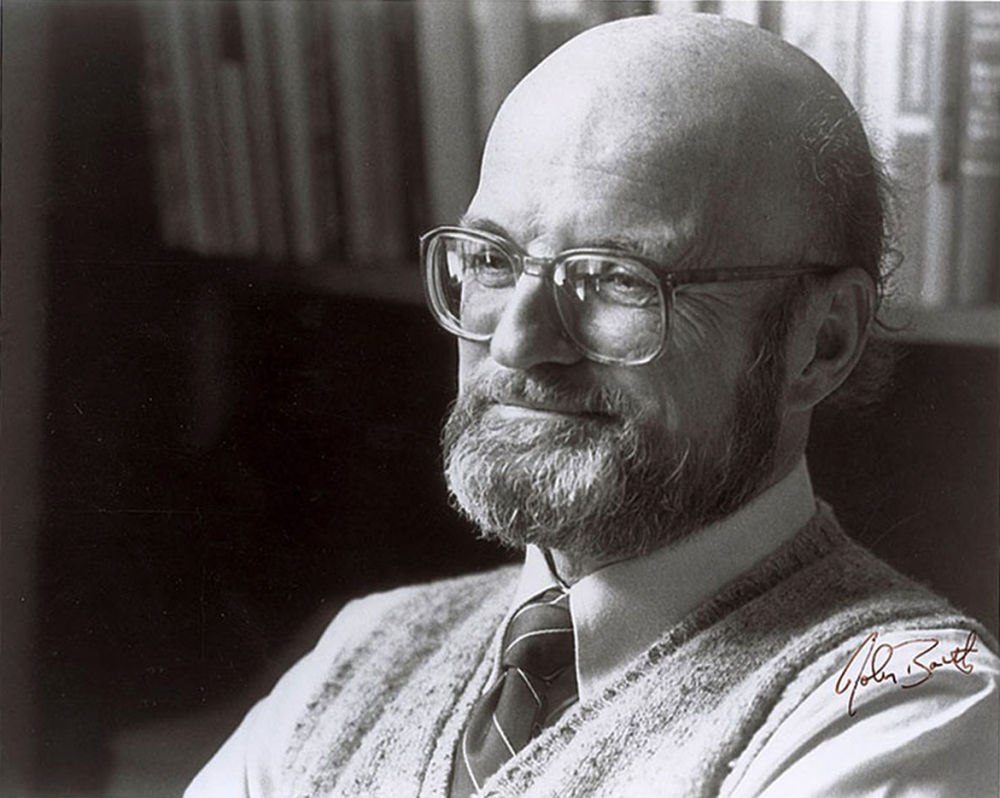
The theorist and practitioner of postmodernism, who explained why and how one artistic method ended (“Literature of Exhaustion”, 1967) and another began (“Literature of Replenishment”, 1979), to which he belonged. According to critics, Bart went from a cult author to a classic (while Pynchon is just on the contrary), experimenting with all epic genres (from essays and letters to the “Great American Novel”), starting as a representative of a rather conventional “school of black humor” (his twofirst novels), passing the “meta-prose” (“Lost in Funhouse”, “Chimera”), the historical novel (“The Sot-Weed Factor”) and reaching a completely realistic style, the expiration of which he once announced.
Robert Coover
(1932)
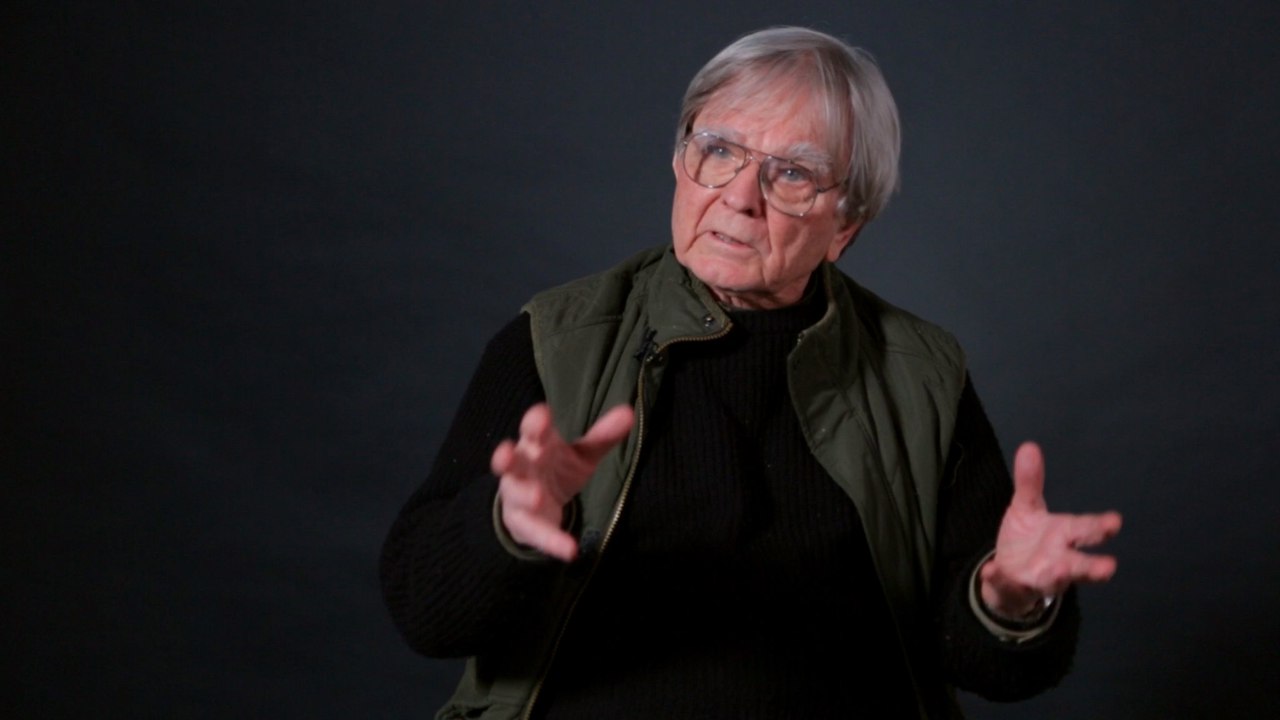
A tireless rethinker of fairy-tale and wandering plots, in whose work the concept of “metaliterature” is fully revealed.His first two novels deal with the formation of cults. Around the man who was the only survivor of the mine accident – “The Origin of Brunists” (1966), which received a 1000-page sequel to “The Brunists Day of Wrath” in 2014; and around the baseball so beloved by Americans in “The Universal Baseball Association, Inc., J. Henry Waugh, Prop.” (1968). His most significant work is called “The Public Burning” (1977), a political satire and partly magical realism about President Nixon and the execution of the Rosenbergs in 1953. He actively supports electronic literature and predicted the end of books (absorption of them into hypertext) in 1992, however, contrary to his assertion his novel appeared in January 2017, continuing the events of “The Adventures of Huckleberry Finn” by Mark Twain.
Donald Barthelme
(1931 - 1989)
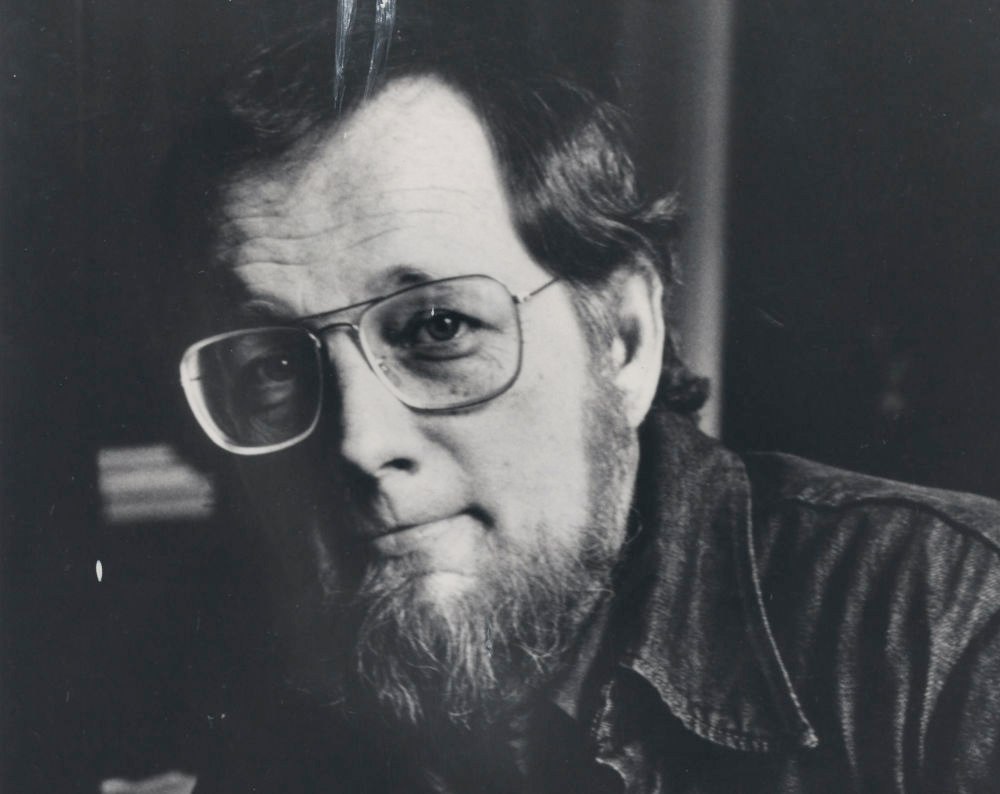
The author of several novels, known mainly for his short fragmentary works, where he tries to avoid the usual plot structure: the collections “Sixty Stories” (1981), “Forty Stories” (1987), “Flying to America: 45 More Stories” (2007). He is considered one of the main representatives of the “school of black humor”, although his short stories are very different in subject matter, and in general feeling they are rather elegiac-ironic thanrude ridicule of death and illness. Thus, in particular, his lyrical short story “The Balloon” inspired D.F. Wallace to leave philosophy and become a writer.
Don DeLillo
(1936)
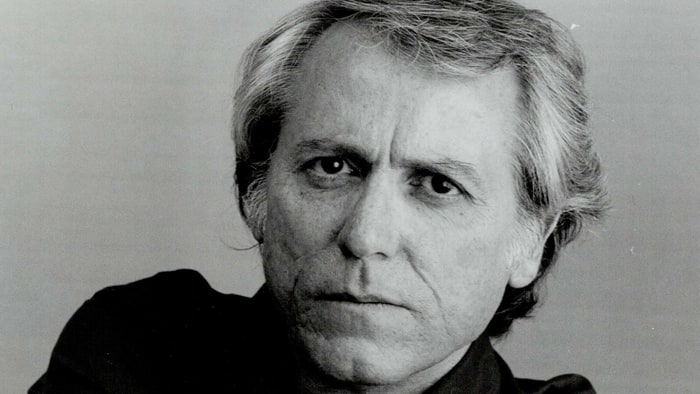
He is an author of 17 novels and laureate of possible prizes (except perhaps for the Nobel). In his last novel the character goes to the Ukrainian volunteer battalion and dies near Konstantinovka. Just like Barthelme, he calls Samuel Beckett an important writer for himself, although they borrow completely different ideas from him.From the novel “Americana’ (1971) to the novel “Zero K” (2016), DeLillo predicts the danger of things that come from terrorism to transhumanism in different, but always detached vulnerable and warning voices. Having started writing at a fairly mature age, he builds “novel-systems” where even real newspaper coincidences of the victory of the baseball team and the successes of the Soviet atomic program on the same page (as in his big novel “The Underworld”, 1997) are a sign of the imminent apocalypse.
David Foster
Wallace (1962 - 2008)
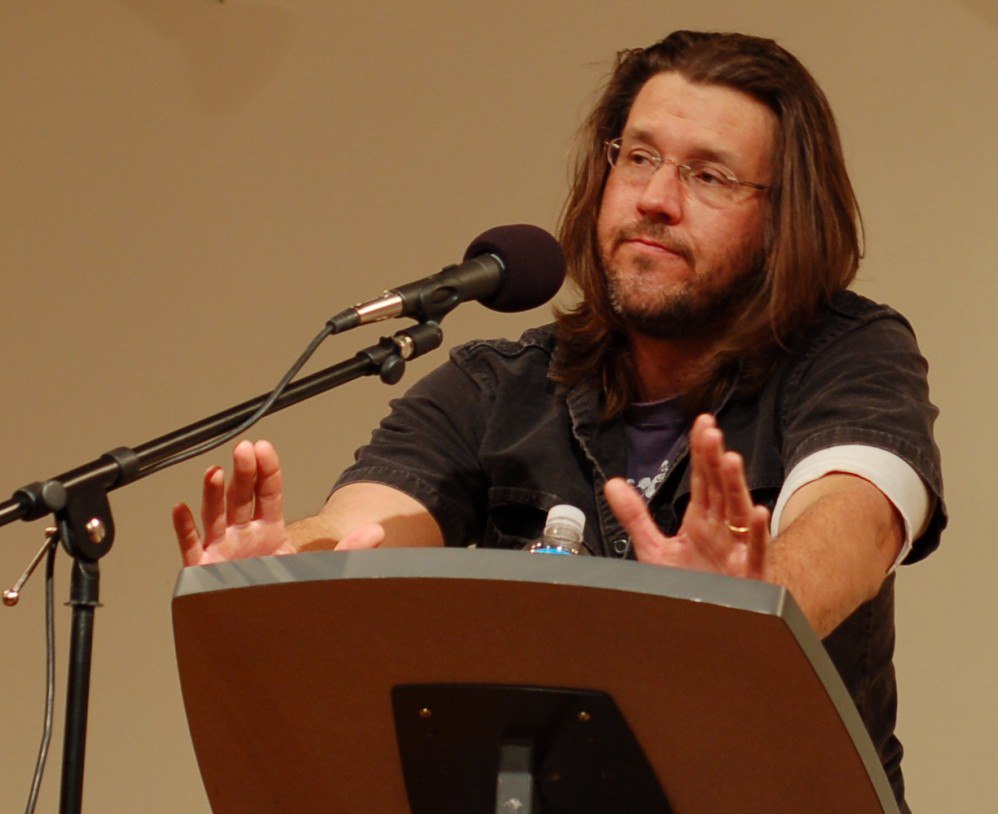
He is an author of two completed novels and one unfinished novel, two, probably the best collections of essays in the 20th century, as well as numerous essays and stories. The first novel “The Broom of the System”, according to his testimony, is an artistic dissertation, from which for some reason everyone usually recalls only the first phrase: “Most of the rather attractive girls have rather unsightly feet.”His most famous work – “Infinite Jest” (1996) - received the status of a cult and summed up the American 90salmost immediately after publication. Although for the author, it was an attempt to answer the question of how people still live in the United States at the end of the second millennium. If we shorten the author's answer to this question (in the novel there are1079 pages), then it will be as follows: life is bad. Wallace thinks of the close future, where the years are named after the names of the sponsors (trash bags and soap), the USA united with Mexico and Canada in O.N.A.N. (Organization of North American Nations) with a funny coat of arms showing an eagle in a sombrero with a broom and a spray of disinfectant in one paw and maple leaves in the other one. In the novel, there are many members of the Incandenza family, Canadian separatists, drugs and author’s notes to the notes, as well as a video cartridge, from which only death can tear off viewing.















